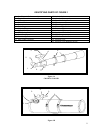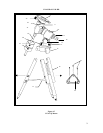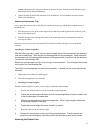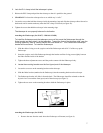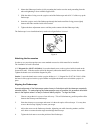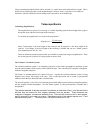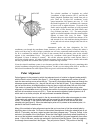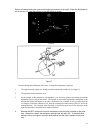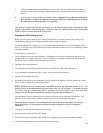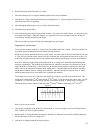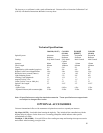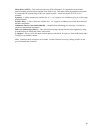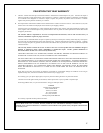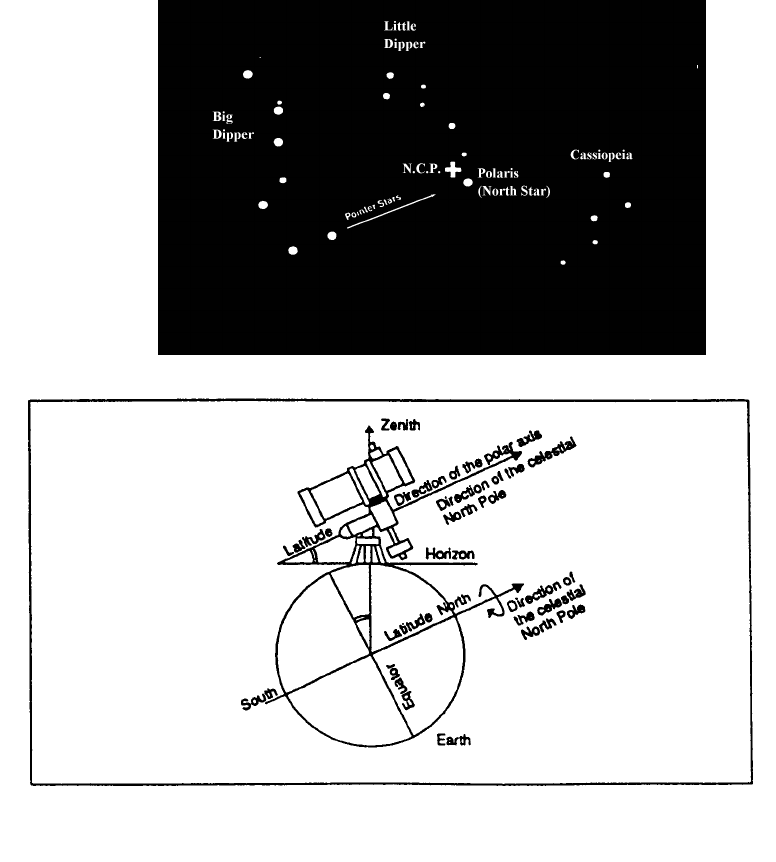
11
Dipper will change during the year and throughout the course of the night. When the Big Dipper is
low in the sky (i.e., near the horizon) it may be difficult to locate.
Figure 6
Figure 7
To make finding and tracking the stars easier, a rough polar alignment is required.
1. The right ascension (polar) axis should be pointed towards the North Pole (see figure 7).
2. The equatorial mount should be level.
3. Set the latitude of the telescope to the latitude of your observing location by turning the azimuth
adjustment screws (#14) on the mount. The latitude of your observing location corresponds to the
altitude that Polaris will appear to be above the horizon. For example, If you are observing from
Los Angeles, which has a latitude of 34°, then the celestial pole (and Polaris) will be 34° above the
northern horizon. All a latitude scale does then is to point the polar axis of the telescope at the
right elevation above the northern (or southern) horizon.
4. Release the DEC clamp and move the telescope so that the tube is parallel to the polar
axis. When this is done, the declination setting circle will read +90°. If the declination
setting circle is not aligned, move the telescope so that the tube is parallel to the polar
axis.



